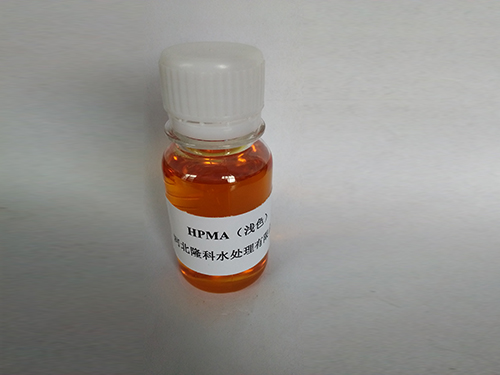Structure and Applications of Diethylenetriamine Pentamethylene Phosphonic Acid in Water Treatment
Diethylenetriamine Penta Methylene Phosphonic Acid An Overview
Diethylenetriamine penta methylene phosphonic acid (DTPMPA) is a versatile chelating agent that has garnered significant attention in various industrial and environmental applications
. Known for its unique chemical structure and properties, DTPMPA plays a critical role in the treatment of water, scale inhibition, and metal corrosion control. This article explores the composition, properties, and applications of DTPMPA, highlighting its importance in modern chemistry.DTPMPA is a phosphonic acid derivative that features five phosphonic acid groups connected to a diethylenetriamine backbone. This structure allows DTPMPA to form strong complexes with metal ions, making it an effective chelator. The presence of multiple phosphonic acid groups enhances its ability to bind various divalent and trivalent metal ions, including calcium, magnesium, iron, and heavy metals. As a result, DTPMPA is extensively used as a scale inhibitor in industries such as water treatment, oil and gas, and manufacturing.
One of the primary applications of DTPMPA is in water treatment processes. Hard water, which contains high concentrations of calcium and magnesium ions, can lead to scale formation in pipes and equipment, resulting in reduced efficiency and increased maintenance costs. DTPMPA effectively inhibits scale formation by binding to calcium and magnesium ions, preventing them from precipitating out of the solution. This property is particularly valuable in cooling towers, boilers, and reverse osmosis systems, where scaling can pose significant operational challenges.
diethylenetriamine penta methylene phosphonic acid

In addition to its role in scale inhibition, DTPMPA also serves as a corrosion inhibitor. Metals exposed to water and oxygen are prone to corrosion, which can compromise the integrity of pipelines, storage tanks, and other infrastructure. DTPMPA forms stable complexes with metal ions, thereby reducing their reactivity and protecting metal surfaces from oxidative damage. By using DTPMPA, industries can extend the lifespan of their equipment and minimize costly repairs.
Environmental applications of DTPMPA have also gained prominence in recent years. Its ability to bind heavy metals makes it an essential component in the remediation of contaminated water and soil. By chelating harmful metals, DTPMPA can enhance the bioavailability of these contaminants, facilitating their removal and reducing environmental toxicity. Additionally, DTPMPA’s biodegradability makes it an environmentally friendly choice compared to other synthetic chelating agents that may pose ecological risks.
Moreover, DTPMPA is utilized in agricultural practices as a means to improve nutrient availability in soils. By chelating essential micronutrients such as iron and zinc, DTPMPA promotes better plant uptake, ultimately enhancing crop yields and quality. This application underscores the compound's versatility across various sectors, from industrial processes to agriculture.
In conclusion, diethylenetriamine penta methylene phosphonic acid is a multifaceted chelating agent with significant applications in water treatment, scale inhibition, corrosion control, environmental remediation, and agriculture. Its unique chemical structure enables it to effectively bind metal ions, making it an invaluable tool in addressing challenges across several industries. As research continues to unveil new applications and formulations, the importance of DTPMPA in modern chemistry and technology is likely to grow, paving the way for innovative solutions to pressing global issues.
-
The Power of Isothiazolinones in Modern ApplicationsNewsMay.08,2025
-
Flocculants in Water TreatmentNewsMay.08,2025
-
Flocculants and Chemical Solutions: What You Need to KnowNewsMay.08,2025
-
Flocculants and Chemical Solutions: A Growing IndustryNewsMay.08,2025
-
Essential Chemicals: Polymaleic Anhydride and MoreNewsMay.08,2025
-
Acrylic Polymers: Essential Solutions for IndustryNewsMay.08,2025





